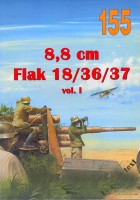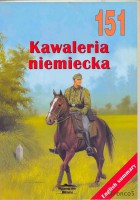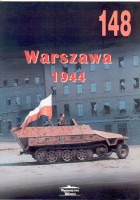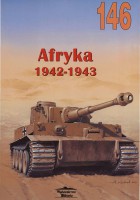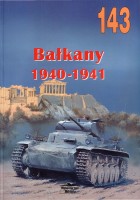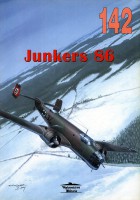
Wydawnictwo Militaria | |
|---|---|
| Series | Wydawnictwo Militaria |
| Period | World War II |
| Réf | 159 |
| Sujet | T-35 - T-100 SMK |
Signed documentation Wydawnictwo Militaria the book "T-35 - SMK T-100 - Wydawnictwo Militaria 159" .
The T-35 est un char de combat lourd soviétique. Ce monstre inspiré du Vickers Independant avec ses cinq tourelles, ses 50 t et ses 11 membres d’équipage mit quatre ans pour devenir opérationnel, après trois essais infructeux (T30, T35-1 et T35-2). Produit en petite quantité (environ 70 exemplaires), il posa continuellement des problèmes de mise au point de son moteur et de sa transmission, qui contraignirent à une modernisation en 1937 et à une standardisation de ses tourelles avec celles du Char T-28. Sa masse interdisait le renforcement de son blindage déjà trop faible lors de sa sortie et il se révéla impossible à commander du fait de la séparation de ses postes de combat.
Source: Wikipedia
Views : 393
